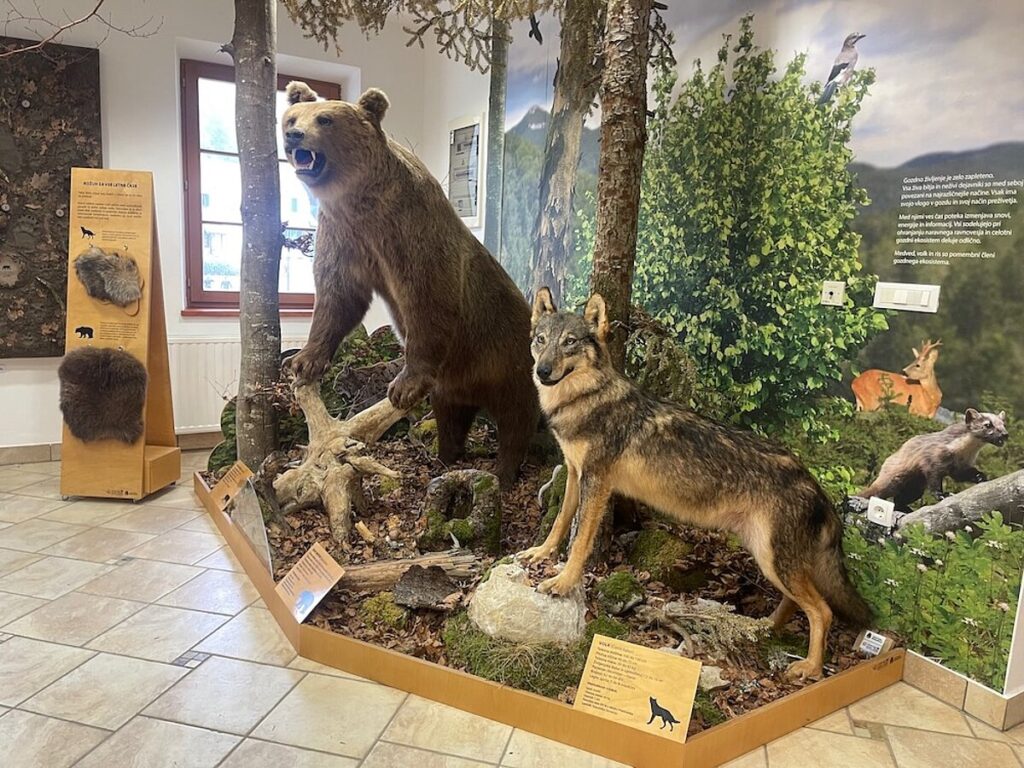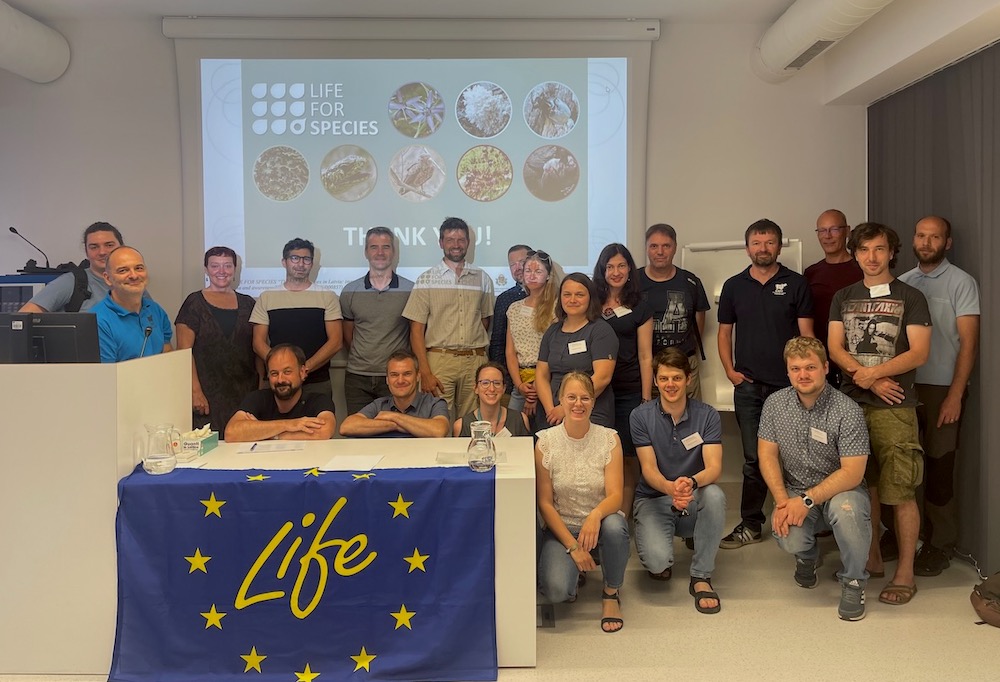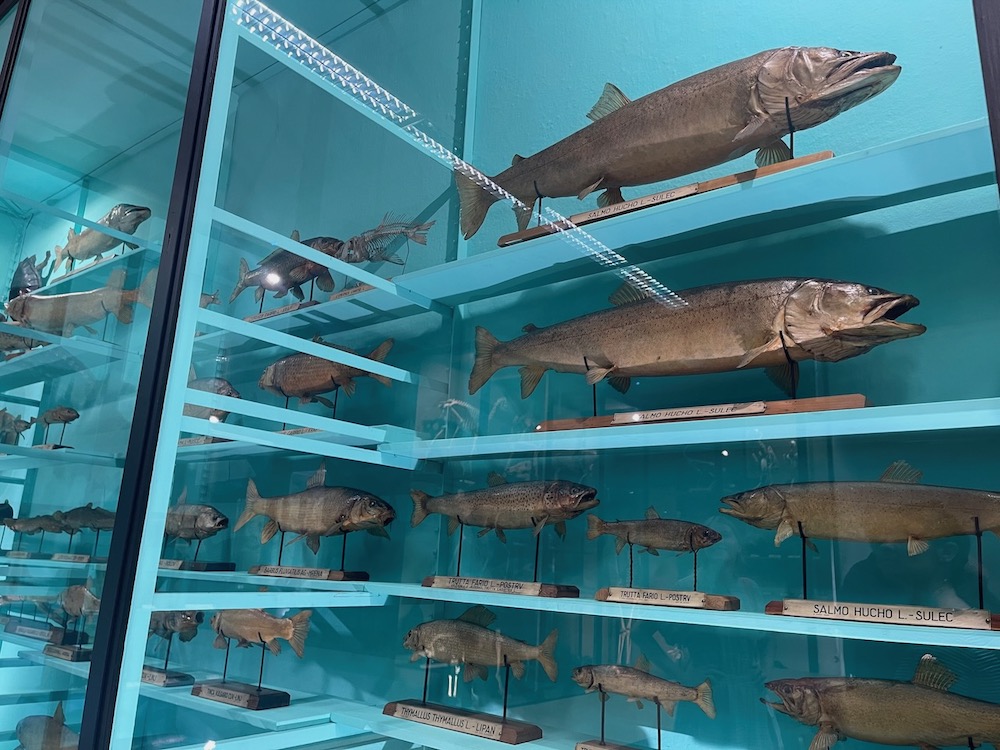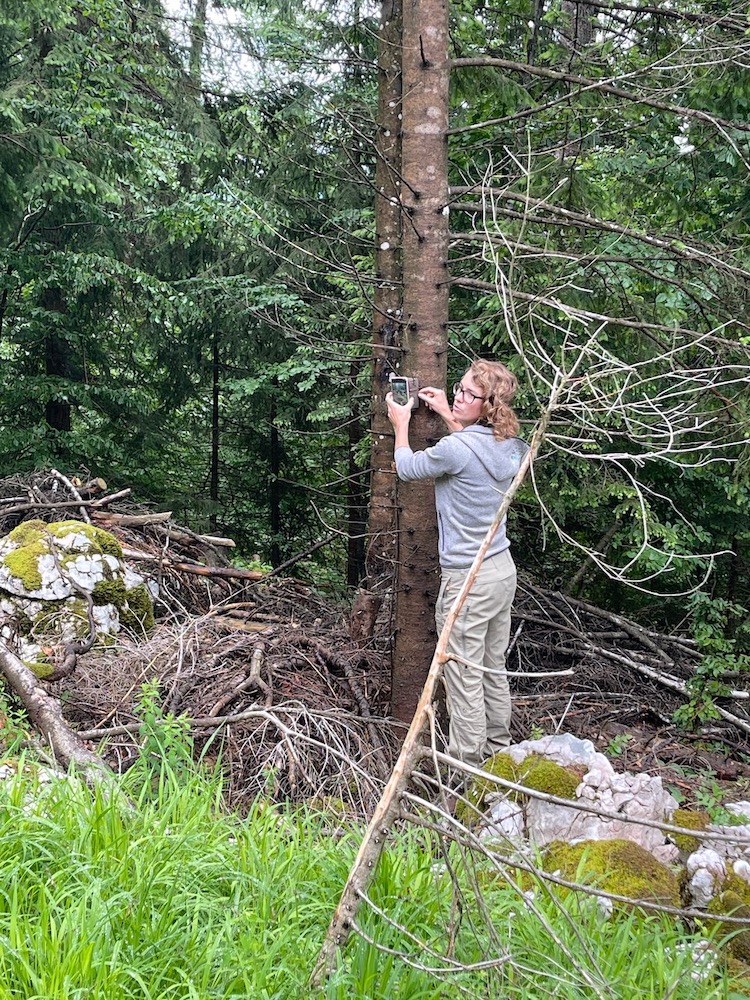Networking trip to Slovenia
At the beginning of June, the project team visited several LIFE projects in Slovenia to learn about the protection of the species, as well as to share the experience and vision of the LIFE FOR SPECIES project in the field of species protection.
At the beginning of June, the LIFE FOR SPECIES team went on an exchange trip to Slovenia. A good introduction to the trip was a visit to the Slovenian Museum of Natural History, which is celebrating its 200th anniversary this year and looks back on the museum's work through the ages. A comprehensive story on the protection of the species was given by the zoologist, Dr. Boris Kryštufek. It was revealed that historically an important source of food in Slovenia in autumn and winter was the fat dormouse (Glis glis), which is a rare and specially protected mammal species in Latvia. Dormouse meat can still be bought in the autumn in Slovenia.

During the visit to the LIFE NarcIS project, we got acquainted with the process of establishing the Slovenian species protection system and how the species catalog and the Red Book are being created. At the same time, we shared our experience about the natural data management system OZOLS, project goals, objectives and communication.
During the day we joined an international seminar co-organized by two LIFE projects - LIFE Lynx and LIFE WolfAlps EU, where we studied the large carnivore exposure in Mashun, as well as participated in research demonstrations to monitor lynx activities - towing and searching for lynx prey. At the end of the day we got to know Lake Cerknica, where the restoration of the hydrological regime has been carried out, observation towers have been installed, as well as safe waste containers for bears. At the foot of the lake observation tower, the lesser Butterfly-orchid bloomed brightly, but even four black storks could be seen above the lake, which is also a rare species in Slovenia.

The trip ended in one of the most beautiful natural gems of Slovenia - Triglav National Park, learning about the current protection of peat bogs, as well as the protection of the species in the LIFE project Peatbogs in Triglav National Park, Pokljuka plateau. The tourism cognitive infrastructure created by the project is now being restored by the national project VrH Julijcev, which is working to improve the conservation status of various species (e.g. three - toe woodpecker, capercaillie, hazel grouse) in Triglav National Park. Conservation measures include, for example, the establishment of quiet areas in the most important areas of the park, marking them accordingly, as well as limiting the park's tourist load and closing roads to private transport as an alternative to offering public transport services.


